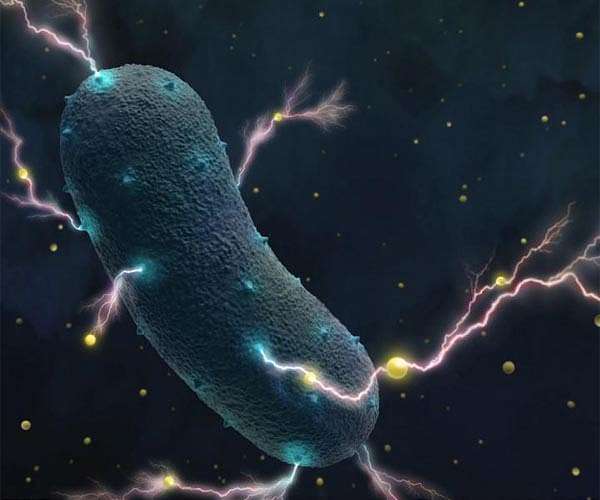10.02.2025

The search for extraterrestrial life remains one of humanity's most ambitious scientific pursuits. A promising approach to identifying life is through detecting motile microorganisms, which demonstrate independent movement-a strong indicator of biological activity. When such movement is triggered by a chemical stimulus, it is termed chemotaxis.
A team of German researchers has now developed a streamlined method for inducing chemotactic motility in microbes, potentially aiding space missions in detecting life beyond Earth. Their findings were recently published in Frontiers in Astronomy and Space Sciences.
"We tested three types of microbes - two bacteria and one type of archaea - and found that they all moved toward a chemical called L-serine," explained Max Riekeles, a researcher at the Technical University of Berlin. "This movement, known as chemotaxis, could be a strong indicator of life and could guide future space missions looking for living organisms on Mars or other planets."
Microbes Built for Extreme Conditions
The microorganisms chosen for the study were selected based on their resilience to extreme environments. Bacillus subtilis, a highly motile bacterium, is capable of withstanding extreme conditions in its spore form, including temperatures up to 100C. Pseudoalteromonas haloplanktis, originating from Antarctic waters, thrives in temperatures ranging from -2.5C to 29C. The archaeon Haloferax volcanii, genetically distinct from bacteria, is naturally found in environments such as the Dead Sea, demonstrating an ability to endure highly saline conditions.
"Bacteria and archaea are two of the oldest forms of life on Earth, but they move in different ways and evolved motility systems independently from each other," Riekeles noted. "By testing both groups, we can make life detection methods more reliable for space missions."
L-serine, the amino acid used in the study, has been widely recognized as a chemotactic agent across various species and is believed to exist on Mars. If Martian life shares biochemical similarities with terrestrial life, L-serine could potentially attract Martian microbes.
A Simple Yet Effective Detection Method
The study demonstrated that L-serine successfully attracted all three microbial species. "Especially the usage of H. volcanii broadens the scope of potential life forms that can be detected using chemotaxis-based methodologies, even when it is known that some archaea possess chemotactic systems," Riekeles said. "Since H. volcanii thrives in extreme salty environments, it could be a good model for the kinds of life we might find on Mars."
The researchers employed a straightforward technique that enhances feasibility for space missions. Instead of relying on sophisticated instrumentation, they used a slide with two chambers separated by a thin membrane. Microbes were placed in one chamber, while L-serine was introduced into the other. "If the microbes are alive and able to move, they swim toward the L-serine through the membrane," Riekeles explained. "This method is easy, affordable, and doesn't require powerful computers to analyze the results."
However, adapting this method for space missions requires overcoming several challenges. The system must be miniaturized, robust enough to withstand the conditions of space travel, and fully automated to function without human intervention.
If these obstacles are addressed, microbial motility could provide a powerful tool for detecting extraterrestrial life, particularly in environments such as the subsurface ocean of Jupiter's moon Europa. "This approach could make life detection cheaper and faster, helping future missions achieve more with fewer resources," Riekeles concluded. "It could be a simple way to look for life on future Mars missions and a useful addition for direct motility observation techniques."
Quelle: SD
